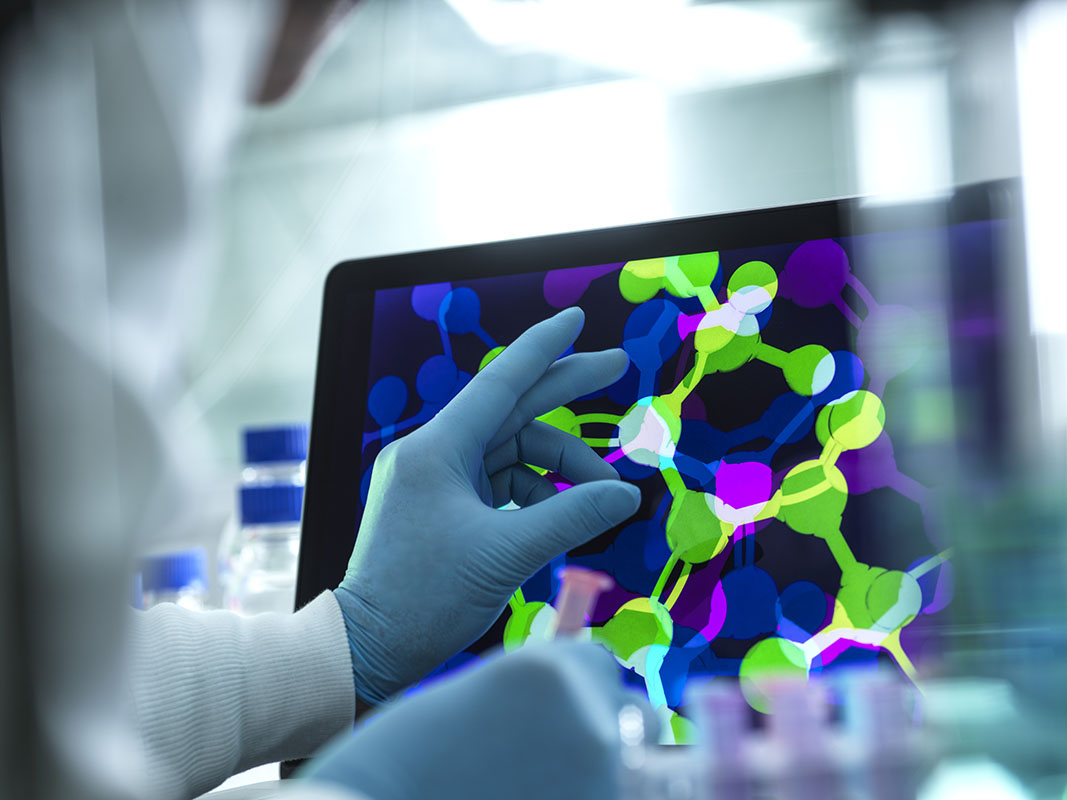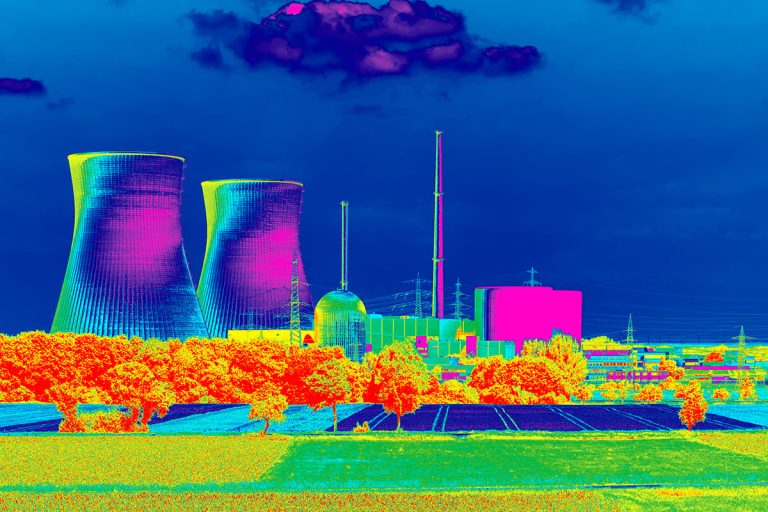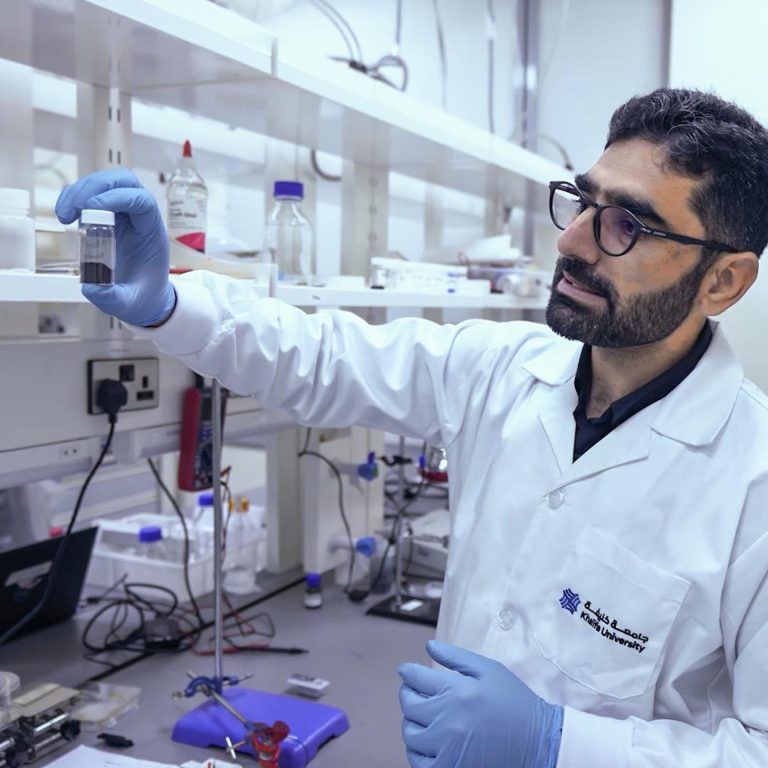Artificial intelligence turns solvents green
A new machine-learning approach helps develop environmentally friendly solvents more efficiently.
Innovative designer solvents have the potential to increase the sustainability and efficiency of green technologies including solar energy storage, fuel cells, battery cells, carbon capture and hydrogen storage. At Khalifa University, researchers have developed an artificial intelligence model to speed up their development.
Promising types of these newly invented neoteric solvents include ionic liquids and deep eutectic solvents. Ionic liquids are salts that are liquid at or near room temperature, typically below 100 ⁰C, while deep eutectic solvents are formed by mixing two or more compounds, typically involving hydrogen bonding.
Both types of solvent are cleaner than traditional solvents because they evaporate less readily, are more stable, and can be prepared from renewable materials. They can be designed from theoretically infinite combinations of cations, anions and hydrogen-bond donors, offering the potential for a vast range of applications.
“While previous studies modelled ionic liquids and deep eutectic solvents separately, this model can handle both, making it a significant advancement in the field.”
Enas Nashef
However, the endless possibilities are also a barrier to real-life application, says Enas Nashef, a professor of chemical and petroleum engineering at Khalifa University. “Determining the properties for all the possible combinations through experimentation is impractical and expensive,” he says.
Nashef, along with postdoctoral fellow Tarek Lemaoui and PhD student Ahmad Darwish, combined molecular modelling—in which they created representations of the solvents’ molecular structures—and machine learning to predict the characteristics of new solvents1.
The team focused on predicting thermal conductivity, the measure of how efficiently solvents transfer heat. For example, efficient heat transfer increases the energy storage rate in thermal energy storage systems, while slower heat transfer improves performance and safety in batteries and fuel cells.
“The combination captures complex relationships between the molecular structure and thermal conductivity that traditional methods may miss,” says Nashef.
The scientists trained the algorithm with 1,700 data points on the solvents’ thermal conductivity and molecular characteristics under different conditions. They then validated the model by synthesizing new solvents and testing their thermal conductivity.
They also screened more than 2,000 hypothetical combinations of solvents to identify those that appeared to have practical benefits. “While previous studies modelled ionic liquids and deep eutectic solvents separately, this model can handle both, making it a significant advancement in the field,” says Nashef.
The authors have made the model available as an Excel tool, anticipating that materials scientists and chemical engineers will use it to find solvents with thermal conductivities that meet their needs.
The approach could also inspire models for predicting properties such as viscosity, density and electrical conductivity. “We hope our work will contribute to accelerating the adoption of greener solvent technologies across various industries, ultimately leading to more sustainable industrial processes and energy systems,” says Nashef.
Reference
1- Lemaoui, T.; Darwish, A.S.; Almustafa, G.; Boublia, A.; Sarika, P.R.; Jabbar, N.A. and AlNashef, I. M., Machine learning approach to map the thermal conductivity of over 2,000 neoteric solvents for green energy storage applications. Energy Storage Materials 59, 102795 (2023). | Article




